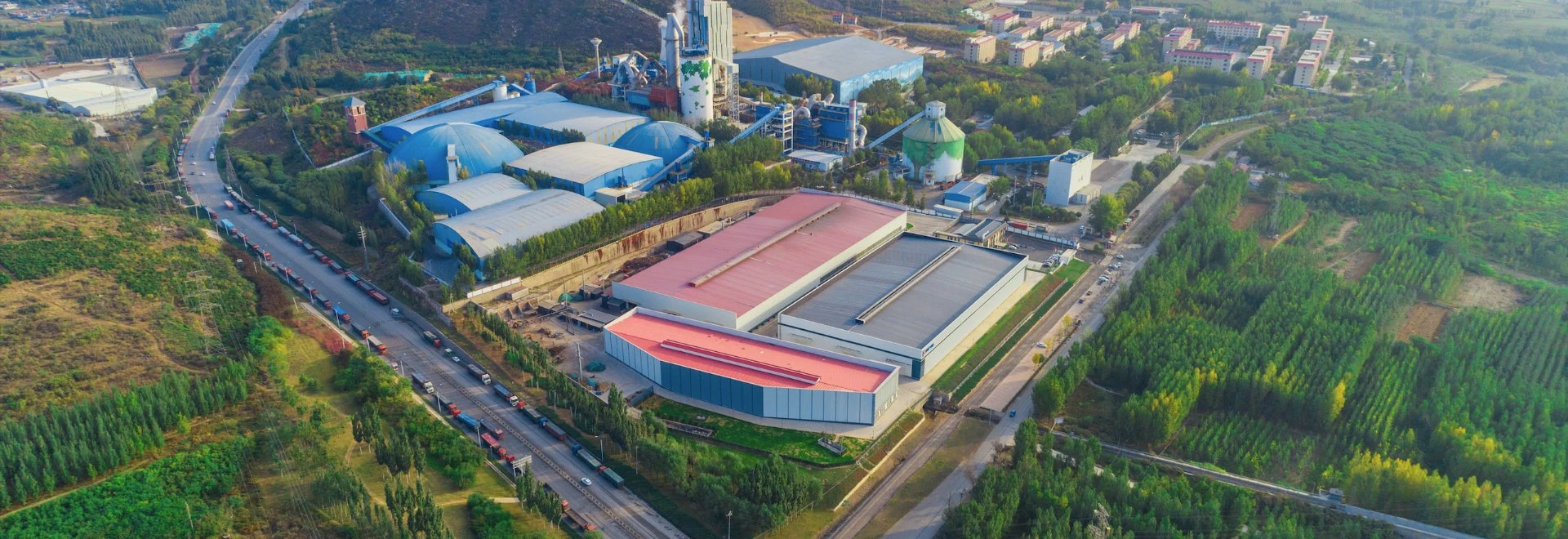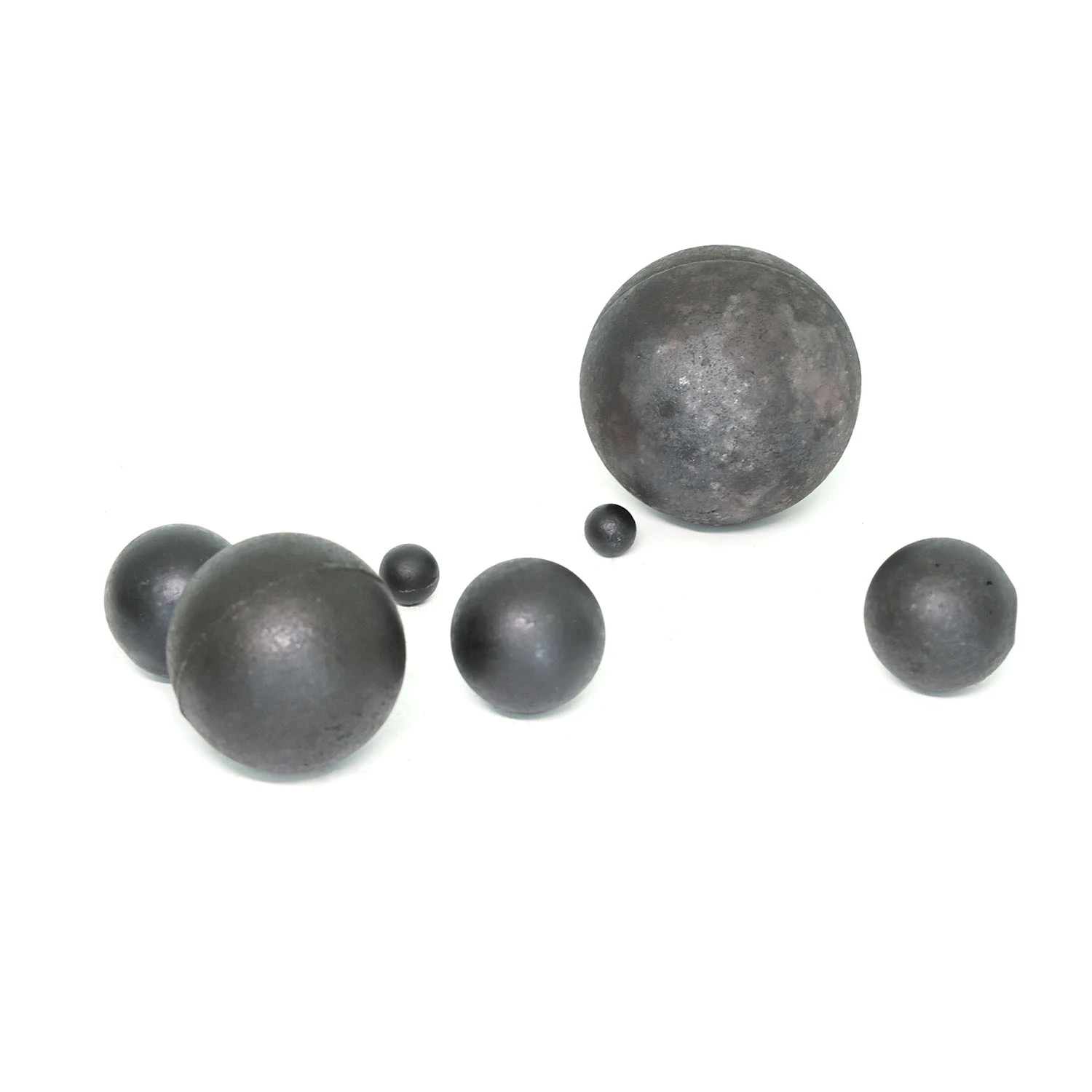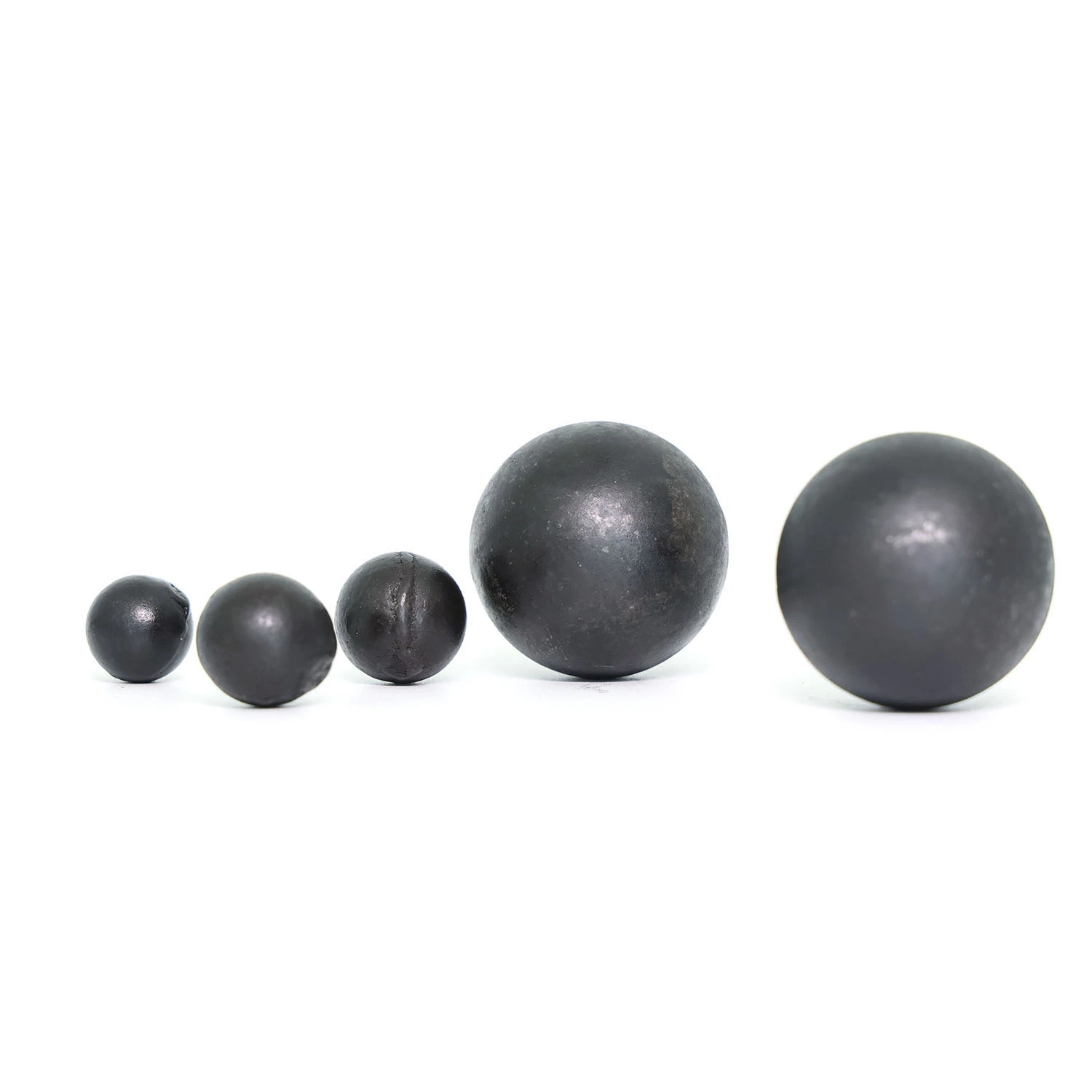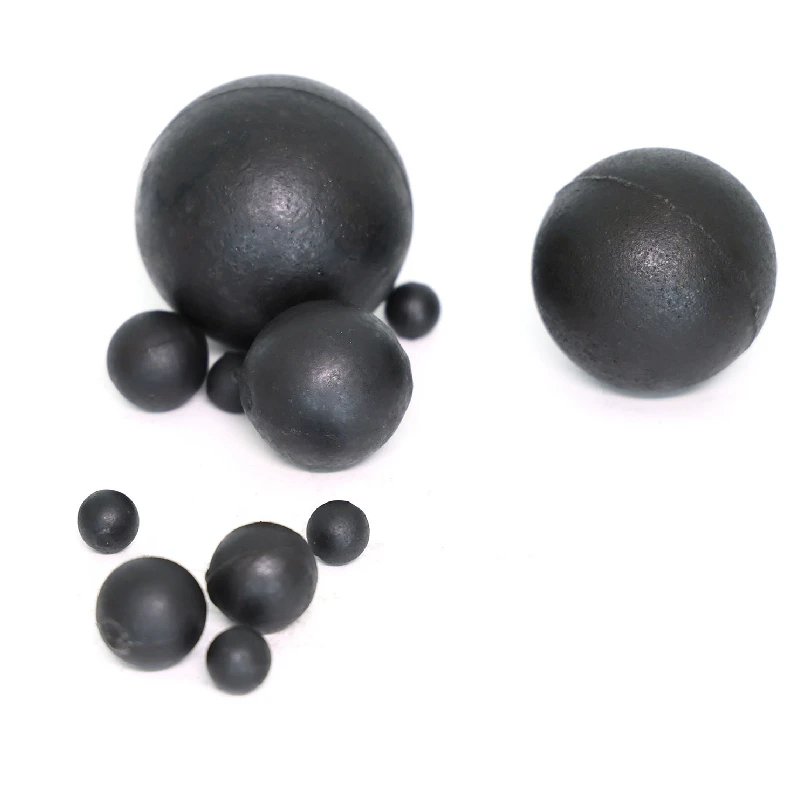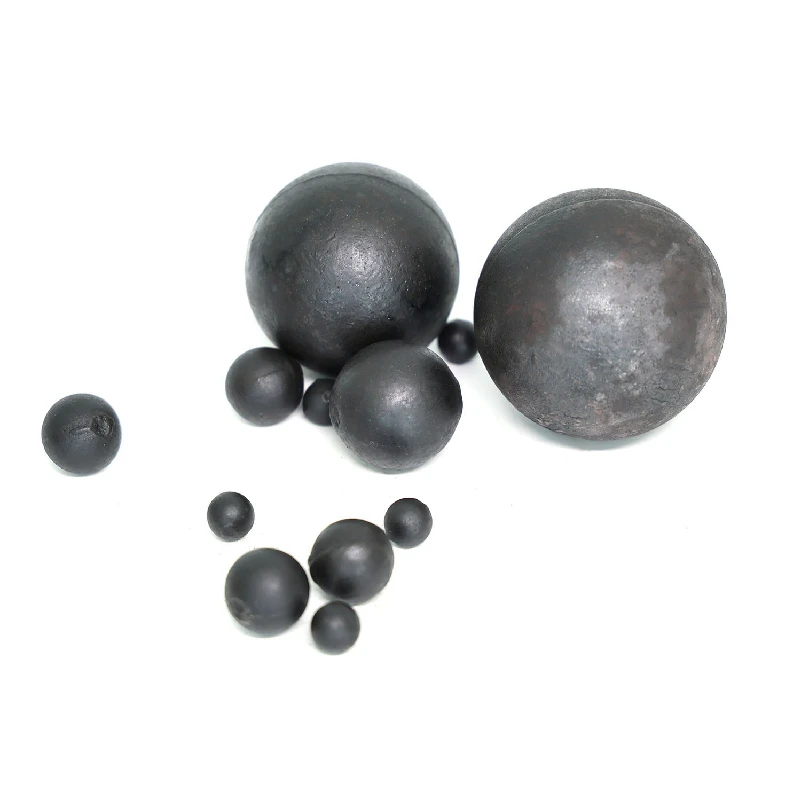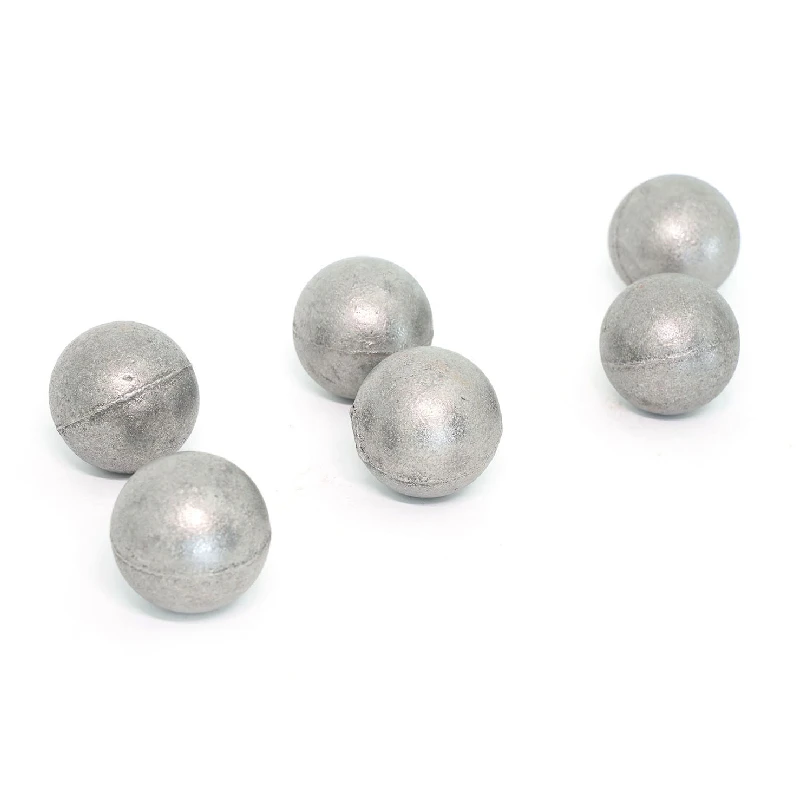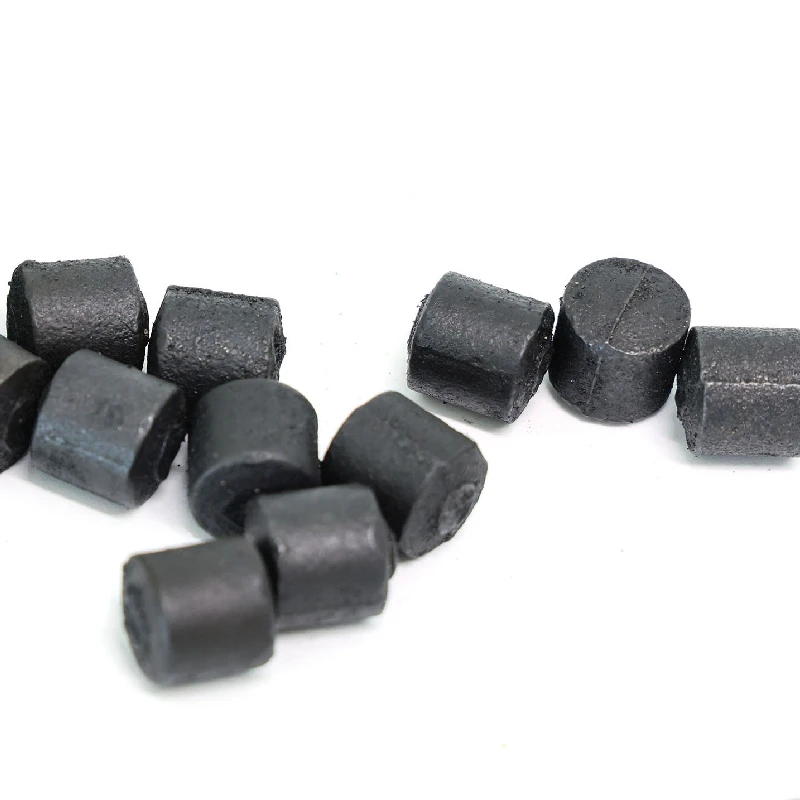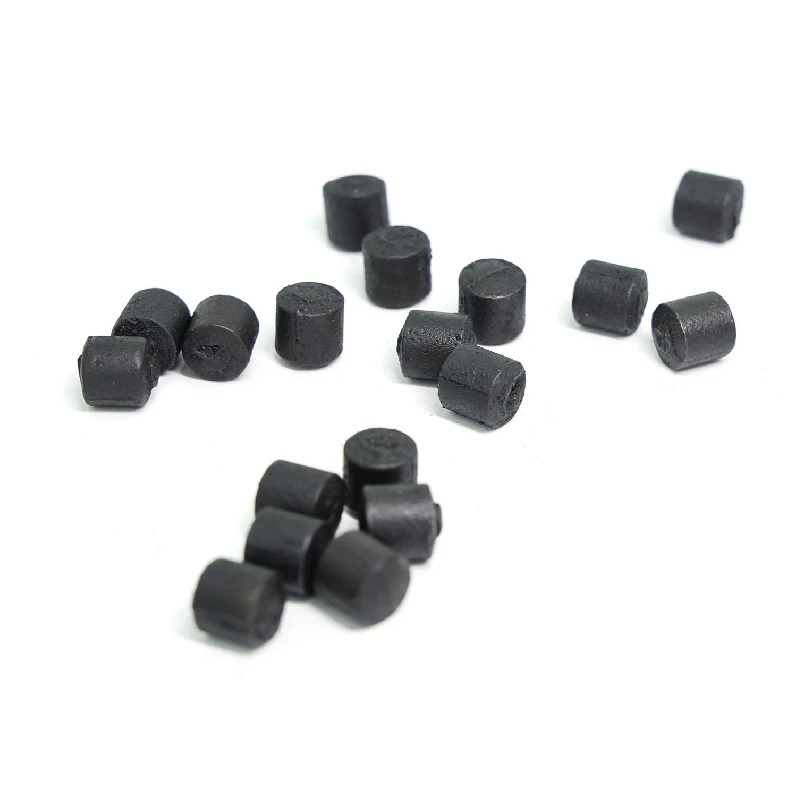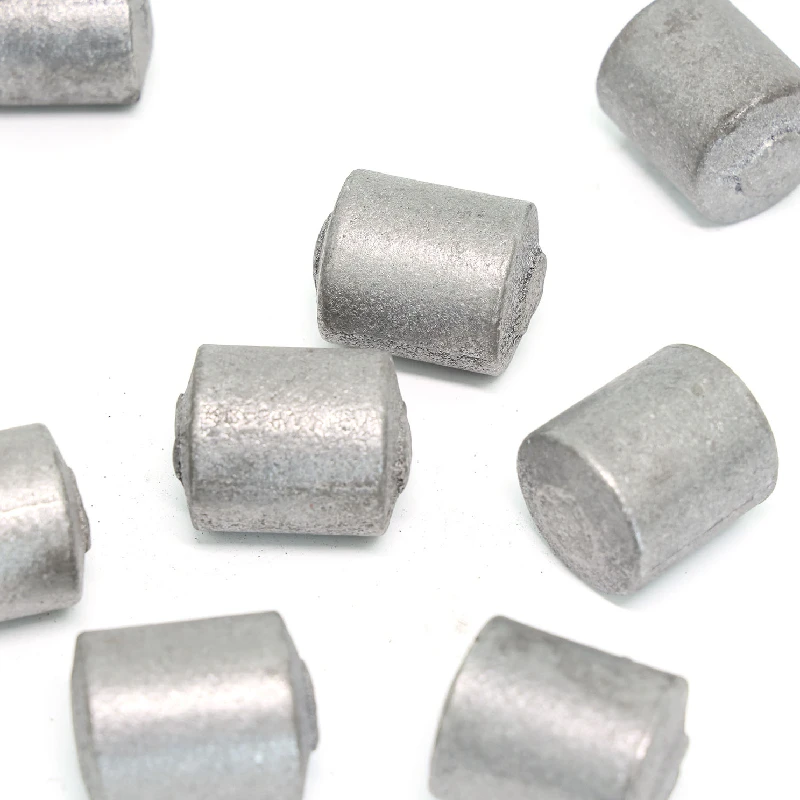- Afrikaans
- Albanian
- Amharic
- Arabic
- Armenian
- Azerbaijani
- Basque
- Belarusian
- Bengali
- Bosnian
- Bulgarian
- Catalan
- Cebuano
- China
- Corsican
- Croatian
- Czech
- Danish
- Dutch
- English
- Esperanto
- Estonian
- Finnish
- French
- Frisian
- Galician
- Georgian
- German
- Greek
- Gujarati
- Haitian Creole
- hausa
- hawaiian
- Hebrew
- Hindi
- Miao
- Hungarian
- Icelandic
- igbo
- Indonesian
- irish
- Italian
- Japanese
- Javanese
- Kannada
- kazakh
- Khmer
- Rwandese
- Korean
- Kurdish
- Kyrgyz
- Lao
- Latin
- Latvian
- Lithuanian
- Luxembourgish
- Macedonian
- Malgashi
- Malay
- Malayalam
- Maltese
- Maori
- Marathi
- Mongolian
- Myanmar
- Nepali
- Norwegian
- Norwegian
- Occitan
- Pashto
- Persian
- Polish
- Portuguese
- Punjabi
- Romanian
- Russian
- Samoan
- Scottish Gaelic
- Serbian
- Sesotho
- Shona
- Sindhi
- Sinhala
- Slovak
- Slovenian
- Somali
- Spanish
- Sundanese
- Swahili
- Swedish
- Tagalog
- Tajik
- Tamil
- Tatar
- Telugu
- Thai
- Turkish
- Turkmen
- Ukrainian
- Urdu
- Uighur
- Uzbek
- Vietnamese
- Welsh
- Bantu
- Yiddish
- Yoruba
- Zulu
Dec . 05, 2024 23:07 Back to list
Steel Balls for Efficient Grinding Media Applications
Steel Balls for Grinding Media An Overview
In the realm of industrial grinding, particularly in mining and mineral processing, the use of steel balls as grinding media plays an essential role in the efficiency and effectiveness of the grinding process. Steel balls, commonly referred to as grinding balls, are a key component in various grinding mills, including ball mills and rod mills. This article delves into the significance, types, manufacturing processes, and advantages of steel balls used in grinding operations.
The Importance of Grinding Media
Grinding media is crucial in the comminution process, where raw materials are broken down into smaller particles. This process is vital in industries such as mining, cement production, and thermal power generation. The efficiency of grinding is influenced by the size, shape, composition, and hardness of the grinding media used. Steel balls, specifically, are favored for their durability, resistance to wear, and ability to achieve a higher degree of particle size reduction.
Types of Steel Balls
Steel balls used for grinding can be categorized based on their composition and manufacturing processes
1. High Carbon Content Steel Balls These are made from high-carbon steel, which imparts greater hardness and wear resistance. They are ideal for applications where strength and durability are paramount.
2. Alloy Steel Balls Alloying elements such as chromium, manganese, and molybdenum are added to enhance properties like toughness and wear resistance. These are commonly used in mining and cement environments.
3. Forged Steel Balls Produced through the forging process, these balls are known for their superior strength. They exhibit uniform hardness and are less susceptible to fracture, making them suitable for high-impact applications.
4. Cast Steel Balls These balls are manufactured through casting processes, offering a cost-effective solution for certain grinding applications. While they may not match the performance of forged steel balls, they are widely used in non-critical grinding environments.
Manufacturing Process
The manufacturing of steel balls involves several critical steps
1. Melting Steel is melted in electric arc furnaces or induction furnaces, ensuring the desired composition is achieved.
bolas de acero para medios de molienda
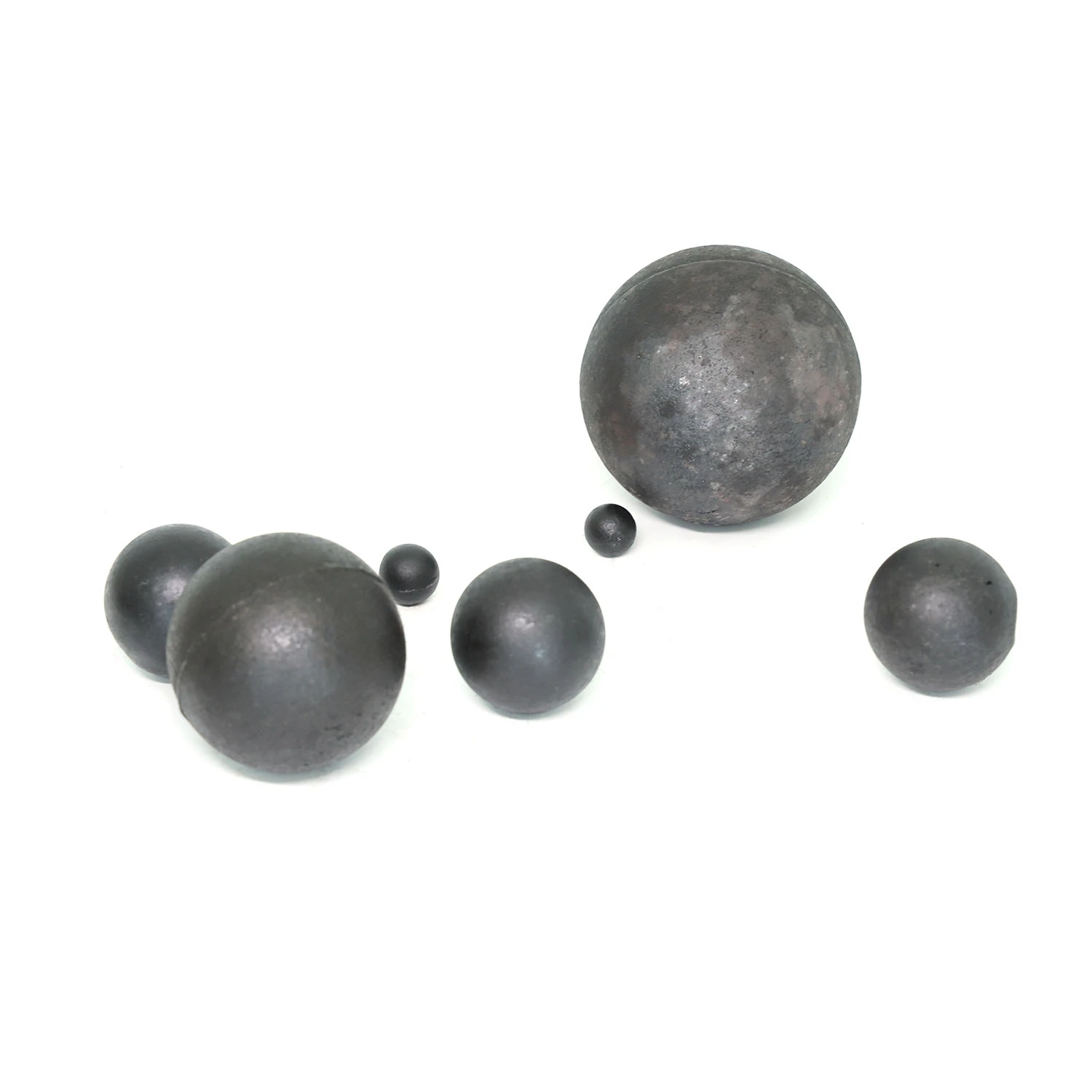
2. Casting or Forging Depending on the type of steel ball being produced, the molten steel can either be cast into molds or formed via a forging process.
3. Heat Treatment This step is essential to enhance the hardness and wear resistance of the steel balls. Heat treatment involves heating the balls to specific temperatures and cooling them in controlled environments.
4. Surface Treatment Some manufacturers apply surface coatings or treatments to further improve corrosion resistance and extend the life of the grinding media.
5. Quality Control Rigorous testing is performed to ensure that the grinding balls meet industry standards for size, hardness, and other mechanical properties.
Advantages of Using Steel Balls
Using steel balls for grinding media comes with numerous benefits
1. Enhanced Comminution Efficiency Steel balls provide a higher grinding media-to-material ratio, improving energy transfer and resulting in finer particle sizes.
2. Longevity and Cost-Effectiveness High-quality steel balls exhibit a longer lifespan compared to ceramic or other types of grinding media, reducing the need for frequent replacements and lowering operational costs.
3. Consistency in Performance Steel balls offer consistent performance across various grinding tasks, ensuring predictable results in particle size reduction.
4. Versatility With various sizes and compositions available, steel balls can be customized to meet specific operational requirements across diverse industries.
Conclusion
Steel balls are an indispensable component in the grinding processes across multiple industries. Their unique properties and manufacturing advancements have made them the choice for enhancing grinding efficiency and reducing operational costs. As industries continue to evolve and demand more efficient processing solutions, the role of steel balls in grinding media will undoubtedly remain paramount. Understanding the types, manufacturing processes, and advantages of these essential components aids industries in selecting the right grinding media tailored to their operational needs.
-
Grinding Cylpebs and Their Impact on Milling Efficiency
NewsDec.27,2024
-
Art of Choosing and Loading Mill Media
NewsDec.27,2024
-
Maximize Your Milling Efficiency with the Right Grinding Media
NewsDec.18,2024
-
Importance and Applications of Ceramic Milling Media in Various Industries
NewsDec.18,2024
-
High Chrome Steel Grinding Balls
NewsDec.18,2024
-
High Chrome Grinding Media Balls and Their Role in Industrial Milling
NewsDec.18,2024
Realted Products

